Photo Essay: Aging with Gun Injuries
Four survivors, all shot outside the Tucson supermarket where former Congresswoman Gabby Giffords was wounded in 2011, are still living with their physical and invisible scars
Editor’s note: This story contains references to gun violence.
Thousands of Americans are shot and injured each year. For many, the wounds never heal – survivors may become physically disabled; others struggle with psychological trauma including Post Traumatic Stress Disorder (PTSD) or anxiety.
Gun violence, however, is a part of the everyday American experience. More than one hundred people across the country are shot and killed daily, according to Everytown Research & Policy.
But who we often forget, after the headlines have quieted, are the survivors of this kind of violence.
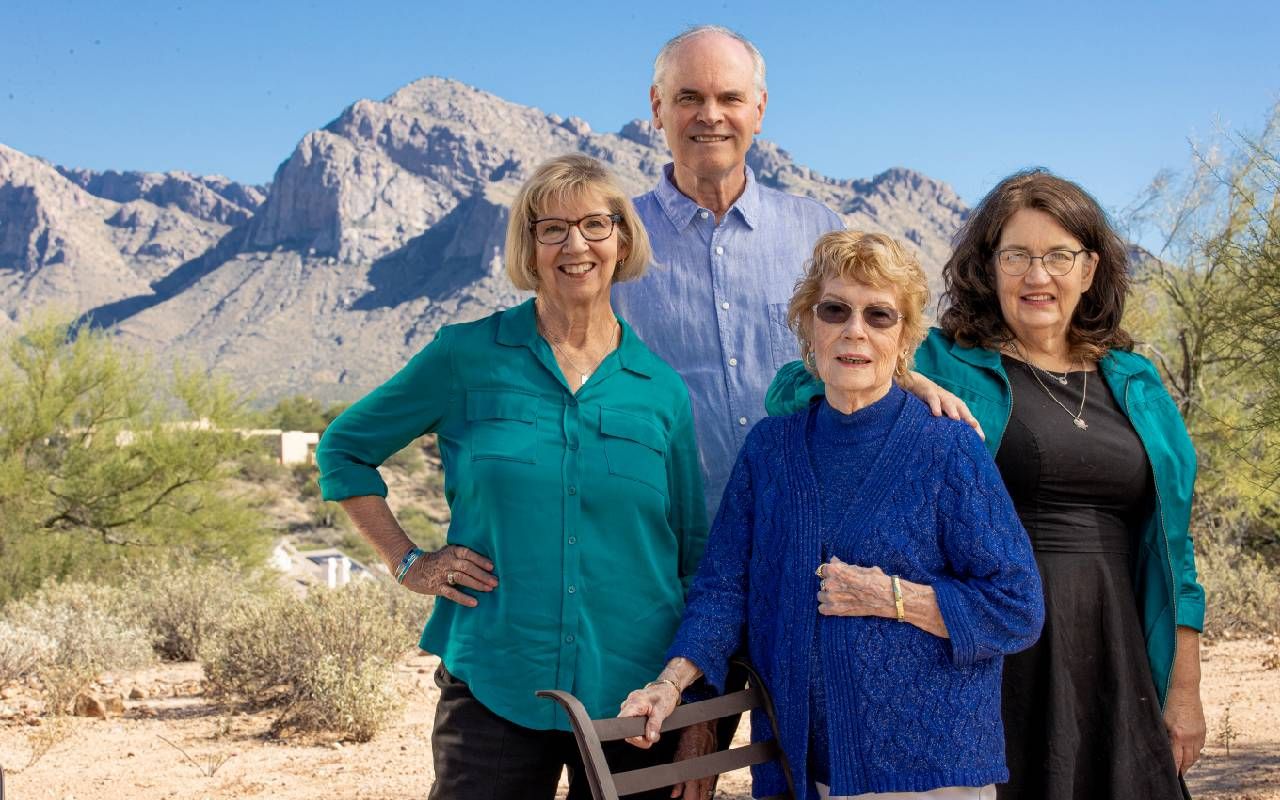
In 2020, the organization Everytown for Gun Safety issued a report which found that 200 Americans are shot and wounded every single day.
Which brings us to this story.
The four survivors you are about to meet were all over the age of 50 when they were shot on what was supposed to be a relatively quiet Saturday morning in Tucson, Arizona in 2011. That was the day a gunman killed six people and wounded 13 others, including former Congresswoman Gabby Giffords.
On that day, Giffords was hosting one of her "Congress on your Corner" meetings. Pam Simon worked for Giffords. She says the event was a chance for people to have their photo taken with the Congresswoman, express a complaint, or just say thanks. "It was truly democracy in action," Simon says.
What happened next took less than 30 seconds, according to these survivors. Ken Dorushka was waiting in line, along with Mavy Stoddard and Mary Reed. Dorushka says the shooter used a legally-purchased, 9mm Glock with an extended clip. Of the 33 rounds fired that day, Dorushka says, "32 of them found their way into humans."
It was an experience that has bonded these survivors who, to this day, struggle with their physical and psychological wounds.

Pam Simon was 63 when her life changed forever. Simon had arrived early to help her 30-year-old colleague, Giffords aide, Gabe Zimmerman, set up. Simon remembers she and Giffords wore the same colors that day. It's a memory that still makes her smile. "I gave her a quick hug and she said, 'Let's get going.'"
The next thing Simon remembers was a figure coming between her and Giffords. The gunman shot Simon through the chest, and at some point she says, "I did have an image of Gabby's feet flying into the air." A then 40-year-old Giffords was shot in the head and taken to a nearby Tucson hospital. Sadly, Zimmerman was one of the six individuals killed that day, along with 9-year-old Christina-Taylor Green.
In 2011, Mary Reed was in her early 50s. She arrived at the Safeway supermarket with her two children and husband. Her then 17-year-old daughter worked as a congressional page for Giffords. Reed and her family were standing in line, talking to Mavi Stoddard and her husband Dory, when the first shots rang out.
Reed remembers using her body to shield her daughter from the shooter, who was systematically going down the line, firing his gun at close range. "He stood behind me and saw that I was covering my child." Reed says the gunman tried to shoot her daughter in the head.
Instead, he hit Reed. "And the mama bear came out," she says. "I literally saw red and thought, 'little man, you better have the cojones to look me in the eye if you're going to shoot me again.'" Reed remembers turning around and looking at the shooter before he fired another round. That bullet remains lodged in a nerve bundle along her spine, causing chronic pain.
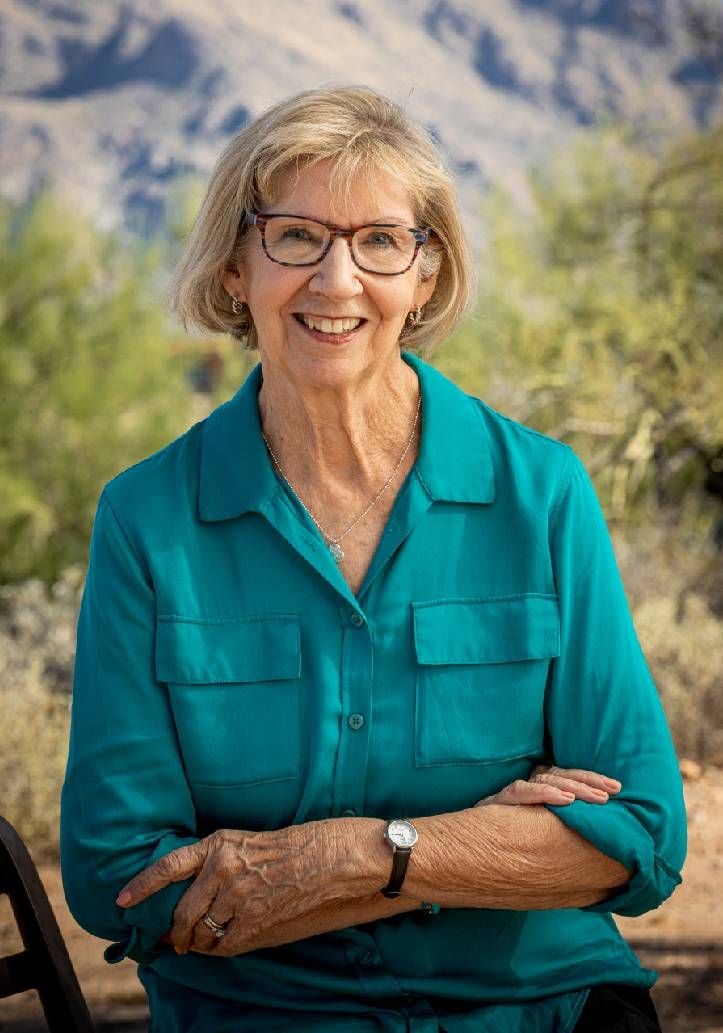
Simon was rushed to the emergency room where she remembers hospital staff asking her to assess her pain on a scale of one-to-ten. "I didn't even let them finish. I said ten." Staff were able to relieve the intense pain she felt from that single round, which, miraculously did not go into her heart or lungs. However, she says, "it bounced along the ribs, chipped all the ribs and the pelvic bone."
"The mental injury has been much more difficult for me than the physical."
Simon likely saved her own life when she inadvertently created a tourniquet for herself by placing her arm across her chest when she was on the ground. Although her physical wounds have mostly healed, "the mental injury has been much more difficult for me than the physical," she says. Simon was diagnosed with PTSD. She sought help through counseling and is in a much better space today. Still, there are days when the fear and panic sets in. "Sometimes you don't even know the trigger," she explains. "But all of a sudden, you're planning your escape route again."
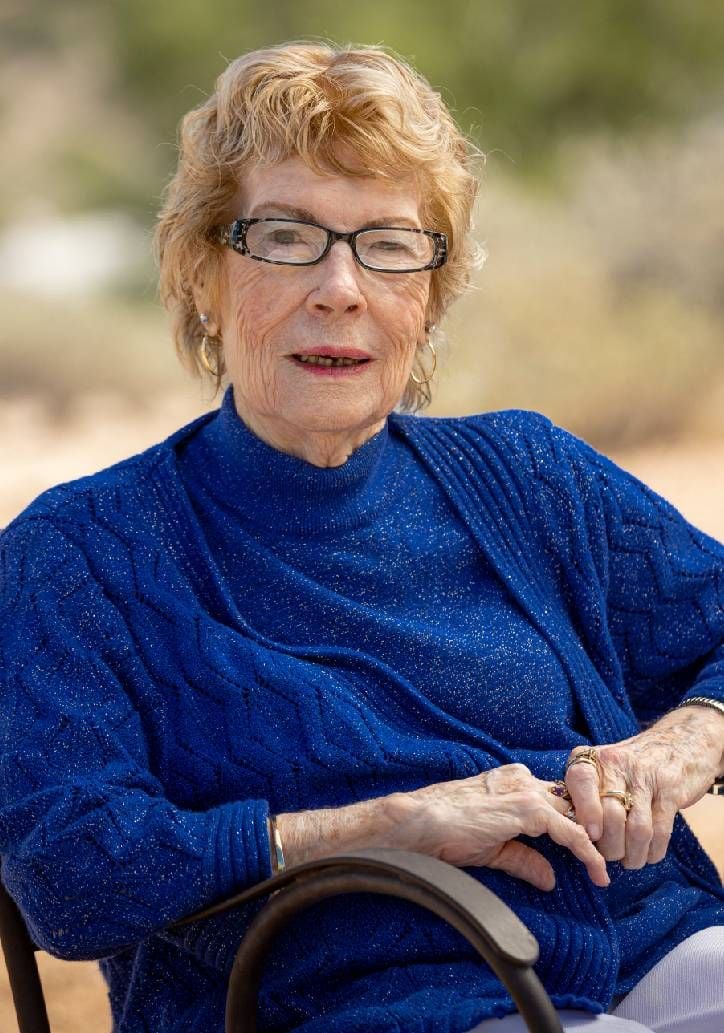
Mavy Stoddard was 75 when she was shot three times. After hearing gunfire, her beloved husband Dory pushed her down and fell on top of her. Dory was killed shielding his wife from the gunman.
"It took ten years to cope with how I felt. My other half was missing."
"I did get to hold him as he died," she says. "I don't quite know how I got from under him to holding him, but I had his head in my lap, and was saying, 'Breathe, breathe deeply, honey, they're coming.' And he never spoke… and of course, I told him I loved him." For Mavy, her entire world fell apart that day. Not only was she physically injured, she sustained four infections from the one bullet that remains in her body, just above her knee.
She also suffered psychologically. "It took ten years to cope with how I felt," she says. "My other half was missing." Because of both injuries – the physical and the psychological – she started falling. Mavy now lives in an assisted living community.
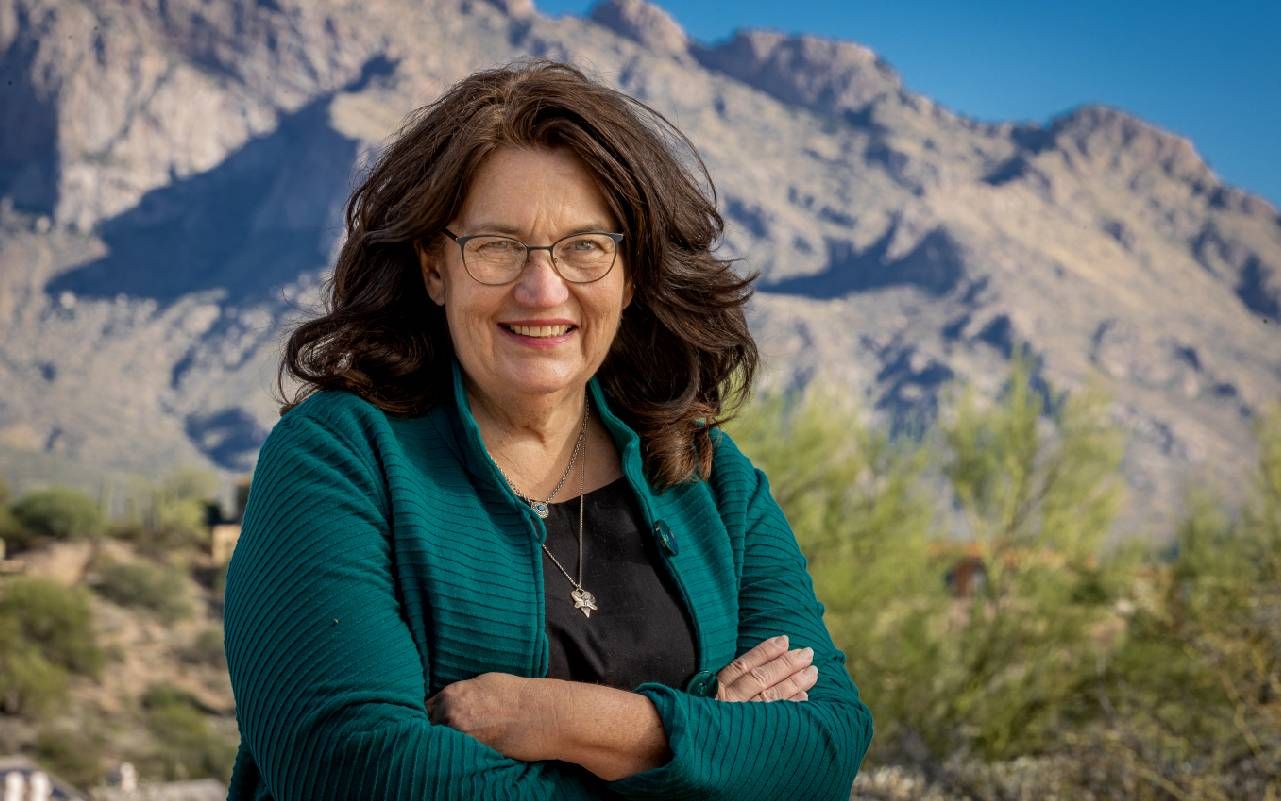
"As I age, I have issues with my back, which I've never had before. And I have to force the doctors to slow down and hear me."
"As I age, I have issues with my back, which I've never had before," explains Reed. "And I have to force the doctors to slow down and hear me." For Reed, finding medical providers who have a solid understanding of how to care for survivors of gun injuries as they age, has been difficult, if not impossible. She's even heard, 'Well, you're getting older, there's aches and pains." Unfortunately, Reed says there isn't much data available when it comes to how survivors cope with their injuries, especially if chronic pain is involved. Reed doesn't want to take narcotics, but her injury continues to impact her quality of life.
She says, "I'm weeping all day. 'What should I do?' … It baffles me that it's an unknown, given the number of people who are shot in our country every single day."
Her hope is that in coming decade, the medical community will develop a standard of care for chronic pain, as it relates to gun violence.

Ken Dorushka and his wife Carol were in line when he first heard what turned out to be the popping of gun fire. Shortly after, Dorushka saw the gunman. He grabbed his wife, pushed her to the ground and got on top of her. Dorushka says the shooter pointed his gun at Carol's head and fired at point blank range. Fortunately, his arm deflected the bullet, and though she was physically unharmed, like the others, she carries the trauma from that day.
"I have trouble making it through a night without waking up [in] pain."
As for Dorushka, more than a decade later, he struggles with his physical injury. "I have trouble making it through a night without waking up [in] pain," he says. And because he was shot in his dominant arm, he's limited in what he's able to do.
Dorushka also lives with a psychological wound. "Every single day, you read or hear about another shooting," he says. "My mind immediately goes back to the day when I was shot, and when all the other people around me were shot and killed."
The Costs of Financial Support
Amnesty International issued a report in 2019 that paints a horrifying picture of what life is like for survivors of gun violence. It found that the government is failing to provide long-term health care and support. And "because there are no targeted programs to provide for the rehabilitation needs of gunshot survivors, [survivors] have to seek medical and psychological care through the general health system."
That can be financially devastating, even for those with health insurance, since health care in the U.S. often comes with out-of-pocket costs. For those who sustain a permanent disability, that person may be unable to continue working, and for many Americans, employment equals access to health care.
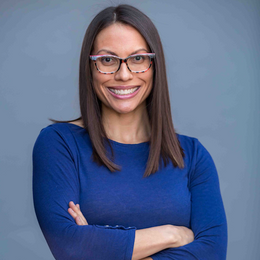
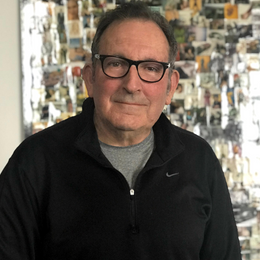
Read More

